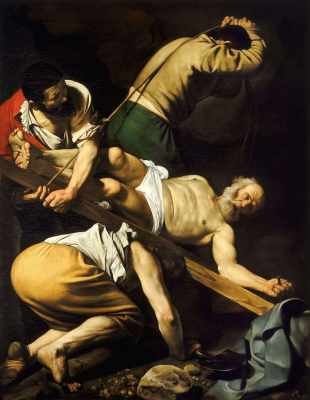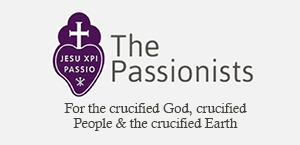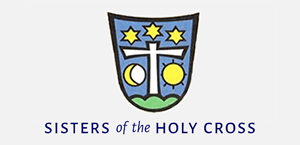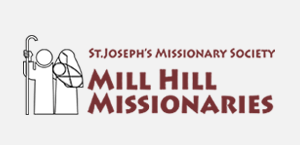Gospel in Art: This he said to show by what kind of death Peter was to glorify God (correct date)

Crucifixion of Saint Peter, by Michelangelo Merisi da Caravaggio, 1601 © Wikimedia Commons
Source: Christian Art
Gospel of 6 June 2025
John 21:15-19
When Jesus had revealed himself to his disciples and they had finished breakfast, Jesus said to Simon Peter, 'Simon, son of John, do you love me more than these?' He said to him, 'Yes, Lord; you know that I love you.' He said to him, 'Feed my lambs.' He said to him a second time, 'Simon, son of John, do you love me?' He said to him, 'Yes, Lord; you know that I love you.' He said to him, 'Tend my sheep.' He said to him the third time, 'Simon, son of John, do you love me?' Peter was grieved because he said to him the third time, 'Do you love me?' and he said to him, 'Lord, you know everything; you know that I love you.' Jesus said to him, 'Feed my sheep. Truly, truly, I say to you, when you were young, you used to dress yourself and walk wherever you wanted, but when you are old, you will stretch out your hands, and another will dress you and carry you where you do not want to go.' (This he said to show by what kind of death he was to glorify God.) And after saying this he said to him, 'Follow me.'
Reflection on the painting
In today's Gospel reading, Jesus speaks prophetically to Peter, indicating that his life will take a very different course from his younger years. Whereas in his youth Peter enjoyed freedom and autonomy, able to go where he pleased and live on his own terms, Jesus tells him that in old age, "you will stretch out your hands, and carry you where you do not wish to go." This is a solemn foretelling of the cost of discipleship: a life no longer self-directed, but surrendered entirely to Christ, even to the point of death. The phrase "you will stretch out your hands" has long been understood as a reference to crucifixion, a subtle yet poignant euphemism. According to early Church tradition, Peter was crucified in Rome under Emperor Nero, choosing to be crucified upside down out of humility, feeling unworthy to die in the same manner as Jesus.
The tradition that Saint Peter was crucified upside down originates not from Scripture, but from early Christian writings, most notably the apocryphal Acts of Peter, written in the late 2nd century. While this text is not part of the canonical Bible, it was held in esteem by some early Christian communities. According to its account, when Peter was sentenced to death by crucifixion in Rome, he requested to be crucified upside down, believing himself unworthy to die in the same manner as his Lord. Though this specific detail is absent from the New Testament, the tradition took strong root in early Christian memory and devotion. Over the centuries, Peter's upside-down crucifixion has become a powerful symbol of humility and martyrdom, and has been vividly depicted in Christian art, Caravaggio's dramatic painting being one of the most renowned examples. The story has become deeply embedded in Christian iconography and hagiography, reinforcing Peter's identity as the humble yet courageous rock upon whom the Church was built.
Caravaggio's Crucifixion of Saint Peter, painted in 1601 for the Cerasi Chapel in Santa Maria del Popolo in Rome, powerfully captures the dramatic moment of Saint Peter's martyrdom. The scene shows the apostle being hoisted onto an inverted cross, as he requested. Three labouring executioners struggle to lift the heavy wooden cross, emphasising the physical brutality and weight of the moment. Peter, already nailed to the cross, lifts his head and eyes heavenward, not in agony alone, but in quiet, steadfast faith, his expression one of spiritual strength rather than fear.
The stark tenebrism, Caravaggio's signature use of sharp contrasts between light and dark, illuminates Peter's aged, pale body against a shadowy background, drawing our attention to the saint's vulnerability. There is no crowd, no divine light from above. There is only raw human effort and Peter's solitary heroism. Caravaggio strips away grandeur or triumphalism, offering instead a profound meditation on sacrifice, humility, and faithfulness unto death.
LINKS
Gospel in Art: https://christian.art/
Today's Reflection: https://christian.art/daily-gospel-reading/john-21-15-19-2025/ (with audio)
Note: So sorry. I posted up tomorrow's reflection today! Here's the correct one for 6th June 2025. And here's the link to the reflection for 7 June 2025: www.indcatholicnews.com/news/52540 .


















